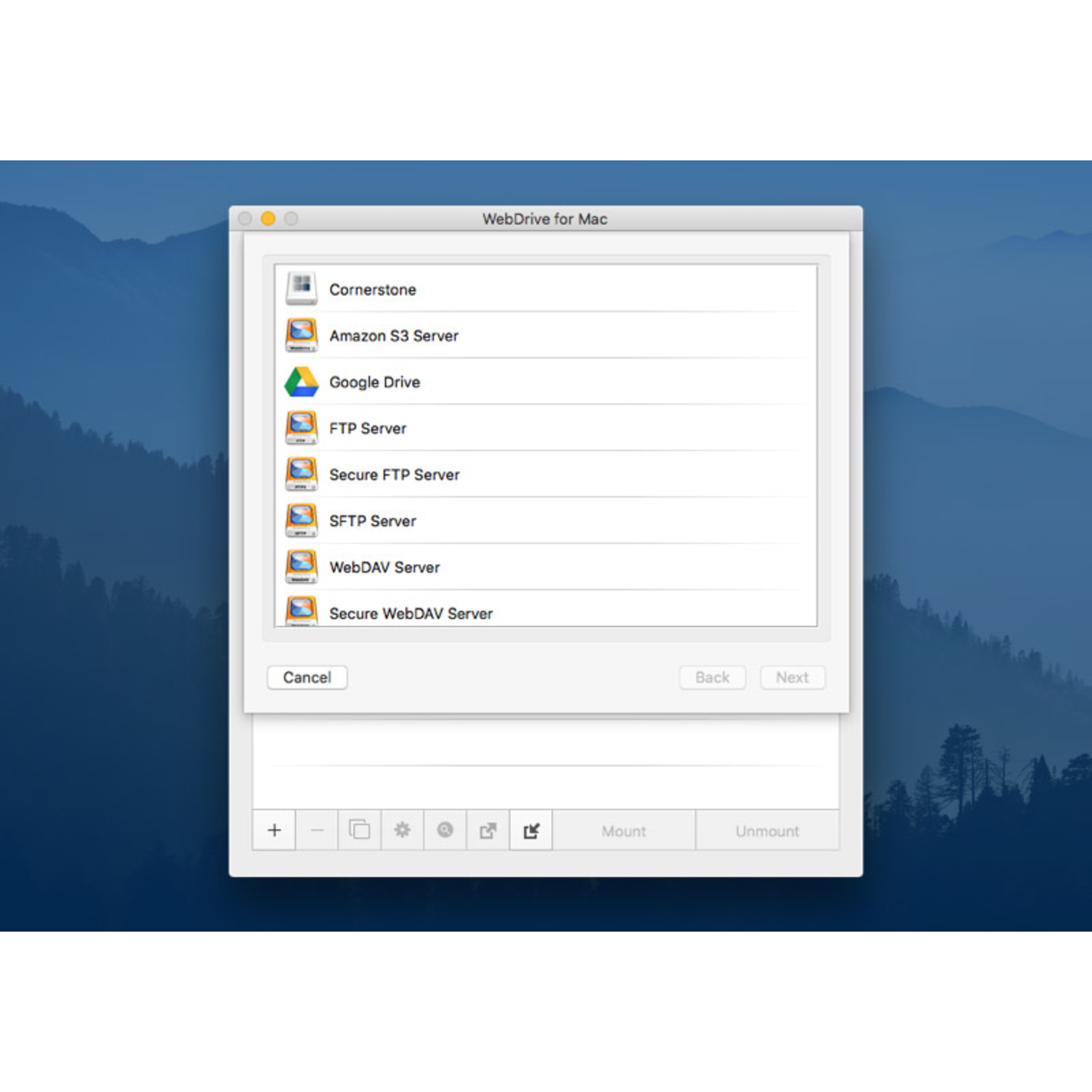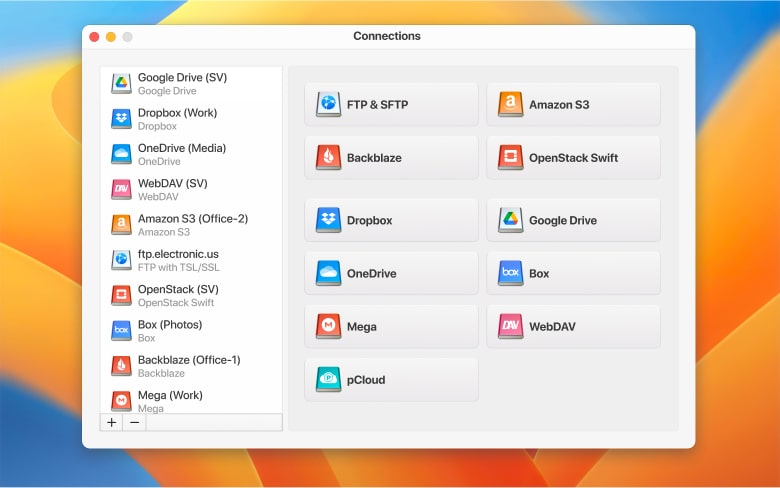
- #CLOUDMOUNTER FUSE FOR MAC OS X#
- #CLOUDMOUNTER FUSE MAC OS X#
- #CLOUDMOUNTER FUSE INSTALL#
- #CLOUDMOUNTER FUSE SOFTWARE#
- #CLOUDMOUNTER FUSE MAC#
Open the Terminal and run a command similar to the following to mount a remote folder at the new folder you would like to use as the mount point:.
#CLOUDMOUNTER FUSE MAC#
Create a folder on your Mac that you want to use as the mount point (I recommend a folder called “mount” directly within your home directory).
#CLOUDMOUNTER FUSE INSTALL#

OneDrive doesn't care where those files reside, so it thinks iCloud is just another locally mounted volume. The workaround to this, of course, is to simply save cloud-based documents directly to your mounted iCloud Drive, then copy from there into your OneDrive.
#CLOUDMOUNTER FUSE MAC OS X#
It can be helpful to configure Mac OS X to automatically mount shared network drives, this is particularly true for those of us who regularly connect to a network drive for file sharing or backups. Automatically Connect to a Network Drive on Mac OS X Start Up & Login. The subscription types available are: - Free. Try it now and enjoy the benefits of an all-in-one cloud solution. CloudMounter is your must-have tool if you use several cloud accounts or if your Mac SSD drive has an extremely low capacity. All passwords for FTP, WebDAV and Amazon S3 accounts are securely kept in macOS Keychain.
#CLOUDMOUNTER FUSE FOR MAC OS X#
Mac Os X Mount Amazon Cloud Drive As Network DriveĬloudMounter Application Cloud Storage or Local Drive for MAC OS X CloudMounter is a reliable system utility that allows mounting different cloud storages and web servers to your Mac.
#CLOUDMOUNTER FUSE SOFTWARE#
If I don’t have block level diffing, the cloud software (like iCloud Drive) treats every little change inside that bundle as if the entire bundle was a new file and re-uploads the 30gb chunk every time. The entire bundle is currently 30gb large, growing slowly as I’m adding more stuff to it. When mounting a sparseimage or disk image, it’s detecting it as external drive and allows you to move the entire database onto that bundle. You can tell the software to use a database off an external drive so you can have the entire DB integrity packaged away.


I tried the “symlink into iCloud Drive” route, but it didn’t end well. Okay to give some background what I’m trying to do, I’m trying to synchronize the database of a piece of software I’m using between 2 macs.


 0 kommentar(er)
0 kommentar(er)
